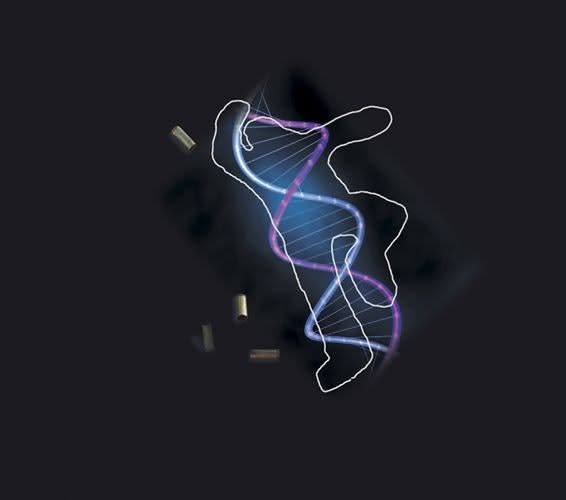The implications for DNA technology and admissibility were potentially dire. If Turner had been innocent all along, a miscarriage of justice had taken place and the foundation for DNA matching as forensic evidence would crumble.
Fortunately, a little digging uncovered Turner's scam. Turner had smuggled a sample of his own semen out of jail to family members who then paid a woman $50 to use the sperm to stage a phony rape. Turner was subsequently sentenced to 120 years in prison.
Turner is not the only desperate criminal to have perpetrated a DNA scam. In Montauk, NY, Kerry Kotler, a convicted rapist and kidnapper was freed in 1992 after DNA tests cast doubt on his two rape convictions. This came after Kotler's defense showed that semen from the victim could not have come from Kotler alone.
Despite protests by the prosecution that the tests left open the possibility that Kotler was the rapist, Kotler was a free man. Four years later, Kotler was charged in a new rape. This time, the victim alleged that he carried a water bottle and attempted to clean away semen after the assault. But new improved tests lifted samples of Kotler's semen from his victim's clothing and helped to convict him. Kotler, now 41, was sentenced to 7 to 21 years. Just one month earlier, he had won a $1.5 million judgment for being wrongly imprisoned in the first case.
Fortunately, such abuses are the exceptions. But whether it's defense lawyers or their clients who attempt to exploit our perceived ignorance of DNA, the fact remains that DNA has much in common with an officer's sidearm. Questions of familiarity, retention, and discretion in its deployment mean that cops have yet another tool that can be dangerous in the wrong hands.













